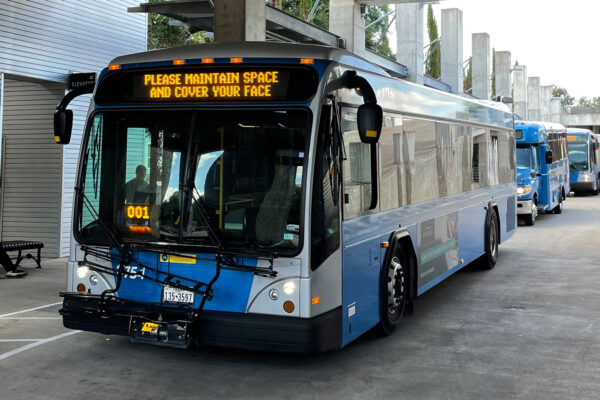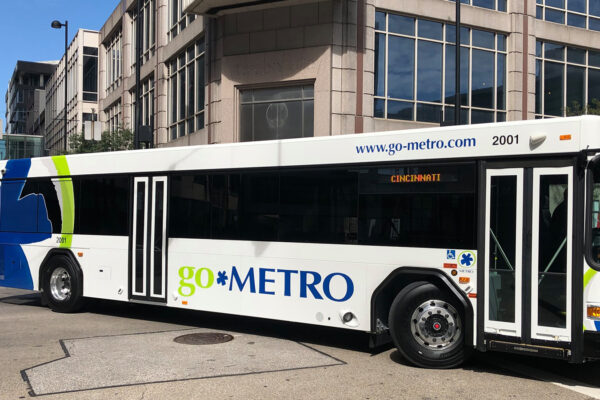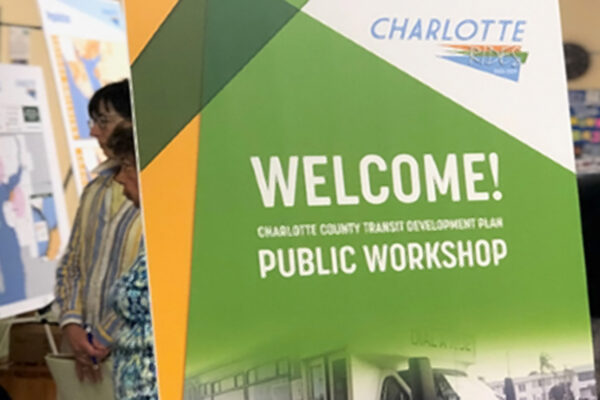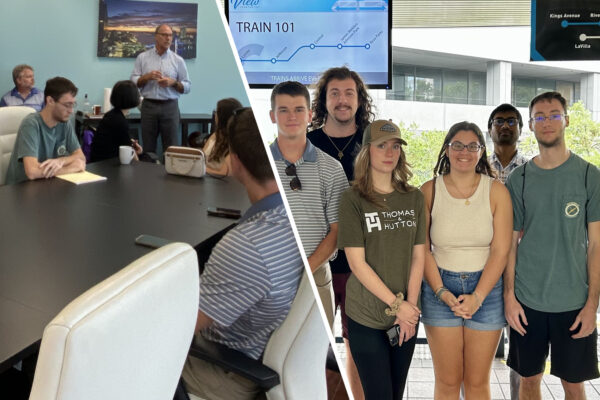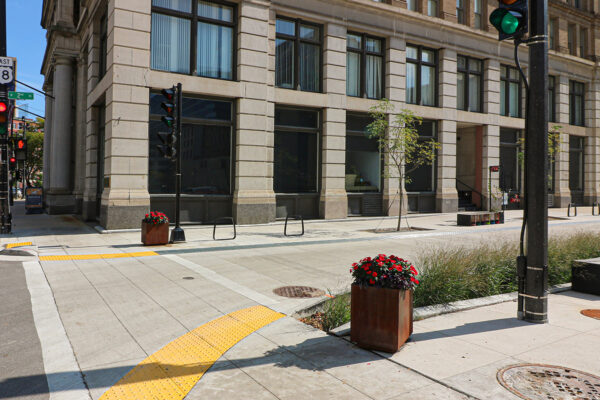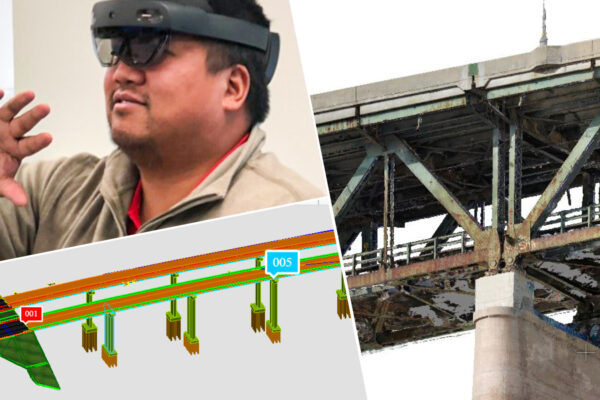Microtransit can transform transit systems by enhancing mobility and improving efficiency. Listen in to discover if it’s the right solution for your community!
Is Microtransit Right for Your Community?
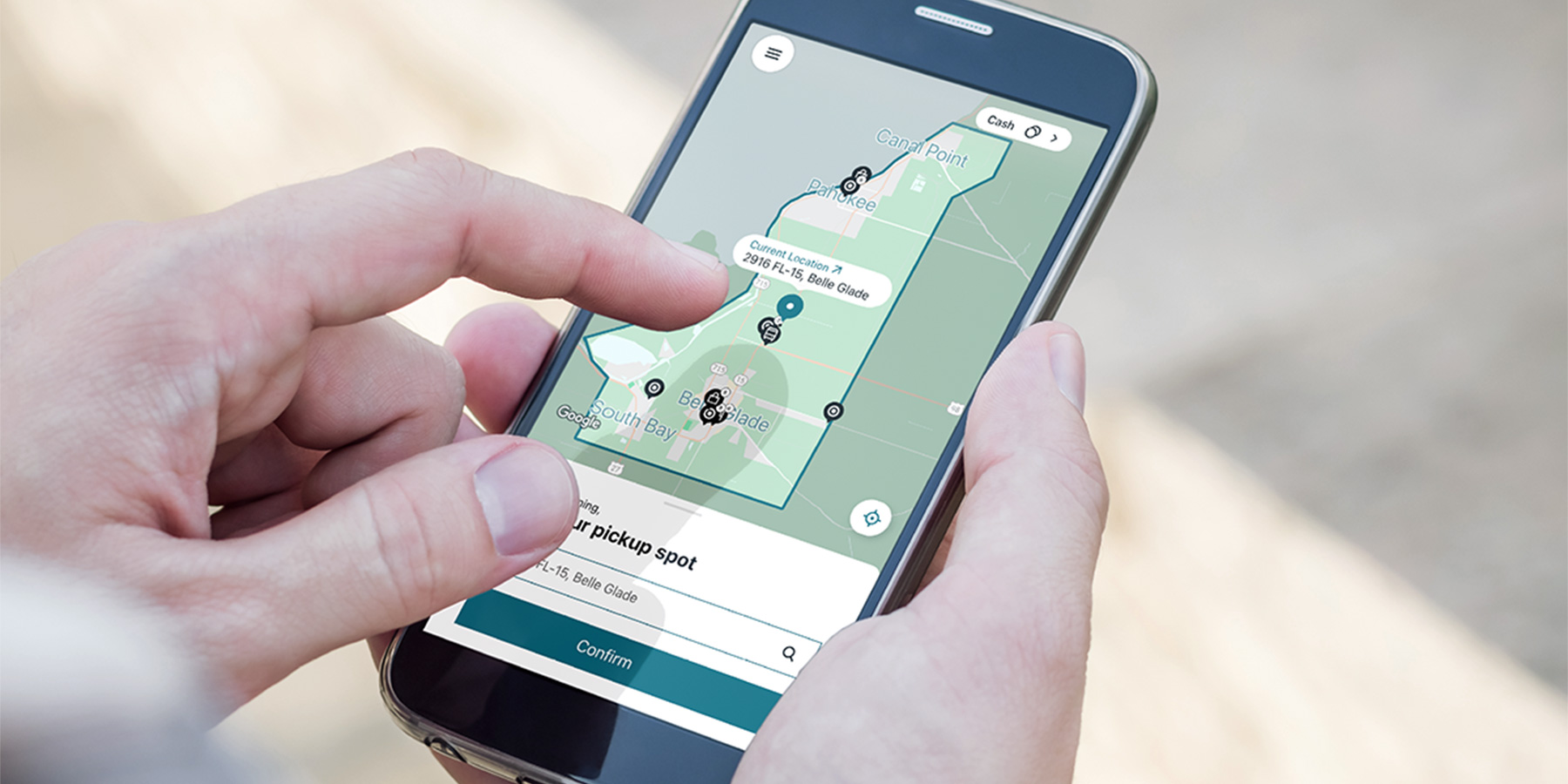
As communities look for ways to expand access to public transportation, especially in suburban or car-dependent areas, microtransit is emerging as a flexible and cost-effective solution. But is it the right fit for your community?
In the below video, Randy explores how communities can assess the feasibility of microtransit and how it can be successfully implemented.
Microtransit FAQs
Microtransit uses app-based technology to provide curb-to-curb service within defined zones, allowing riders to request trips in real time. When designed as a mobility-for-all solution, microtransit is fully ADA-compliant and accessible to every rider, expanding transportation options for individuals who can’t drive or afford a personal vehicle.
Suburban areas often lack the population density needed to support traditional fixed-route bus service. Microtransit can bridge this gap by using dynamic routing and real-time demand data to meet riders where they are. It’s particularly effective in areas where conventional service is underperforming or doesn’t reach key destinations.
Microtransit may be a valuable addition to your community if the net operating cost per trip—across fixed-route, microtransit and ADA paratransit services—is lower than your current systemwide costs. When implemented strategically, microtransit can increase mobility access, boost ridership and reduce per-trip costs.
Key Steps for Analyzing Your Network
Determining whether microtransit is a good fit for your community starts with a thorough analysis of the local transit landscape. This includes identifying service gaps, evaluating current system performance and exploring how microtransit could enhance existing services. The following steps provide a framework for assessing feasibility and developing an approach that fits your community’s unique needs:
Step 1: Assessing Mobility Needs
The first step in determining microtransit feasibility is understanding your community’s mobility needs. Analyzing recent census data at the block level can help identify neighborhoods with higher concentrations of residents who are more likely to depend on public transit—such as low-income households, young adults, older adults and zero-vehicle households. This granular approach offers a more detailed view of where microtransit can have the greatest impact.
Step 2: Evaluating the Existing Network
Once mobility needs are identified, the next step involves examining your current transit network:
- Where is ridership strong, and where is it weak?
- Which segments are underperforming or poorly aligned with demand?
- Are routes direct and efficient, or do they include loops and circuitous paths?
Analyzing route productivity, ridership by stop, and travel patterns will help reveal where gaps exist and where microtransit might be more effective than existing services.
Step 3: Integrating Microtransit
Microtransit is most effective when it’s integrated with existing fixed-route services. By redesigning underperforming routes and reinvesting saved service hours into higher-frequency corridors, you can improve the overall network. Well-designed microtransit zones should include both residential and commercial areas, provide curb-to-curb service and connect to fixed-route transit through mobility hubs. The goal is a seamless system where all modes complement one another.
_________________________________________________________________________________
Ready to Learn More? Stay tuned for Part 2 of this series where Randy will share how to make microtransit work with your transit system.
Get Connected
Start evaluating your current transit network and see if microtransit is the right fit for your community!
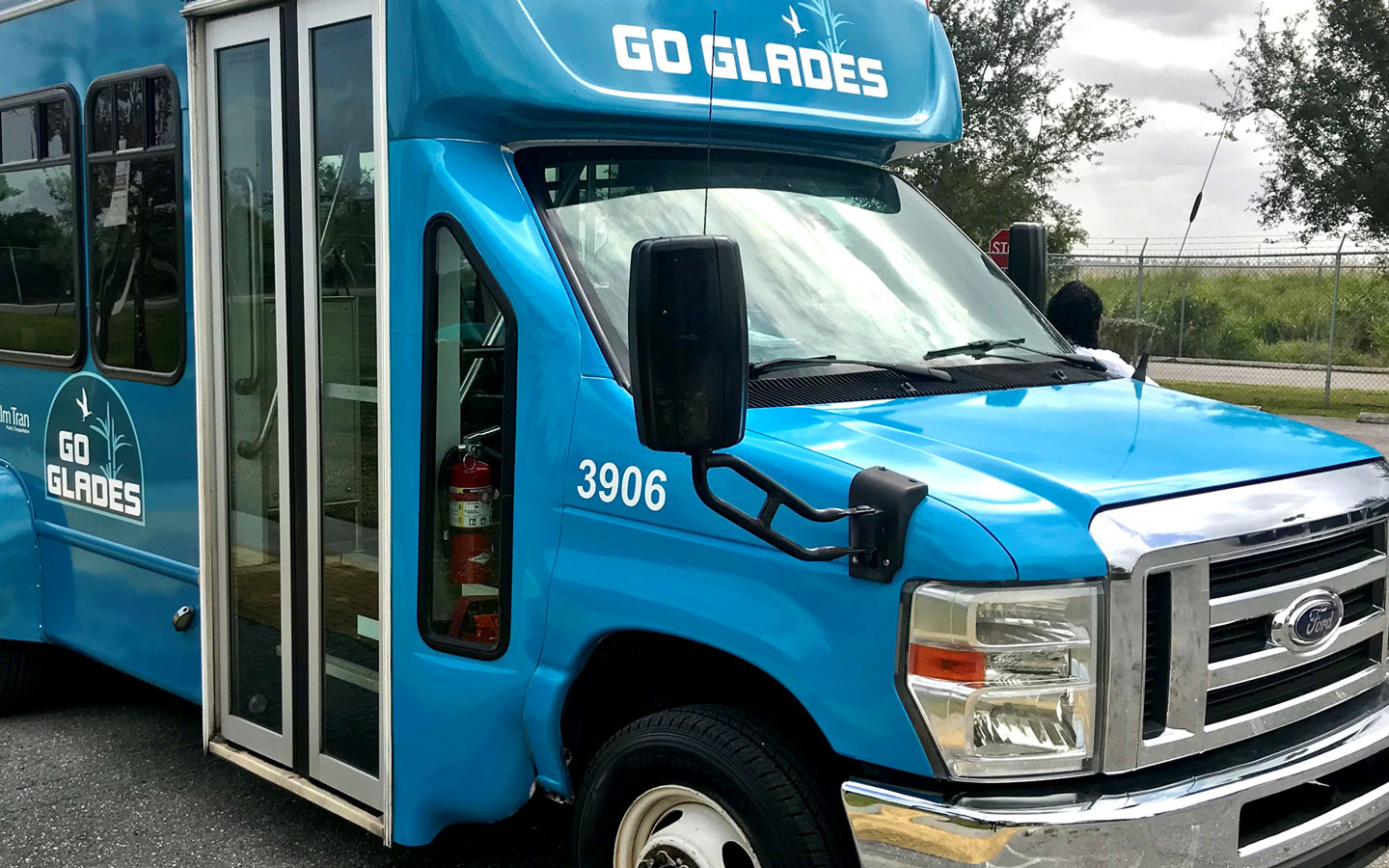
Project Spotlight: Palm Tran’s Go Glades MOD Service
As part of a comprehensive transit network redesign for Palm Beach County, Florida, Benesch helped launch Go Glades—a Mobility on Demand (MOD) service tailored to the rural Glades Region near Lake Okeechobee. Designed to complement Palm Tran’s paratransit service, Go Glades initially offered shared curb-to-curb rides with just two-hour notice. Benesch developed the operating model and procurement specifications for the Software-as-a-Service (SaaS) platform powering the system.
Following deployment, monthly ridership surged by more than 50% within the first six months, with many users shifting from paratransit and fixed-route options to the more flexible MOD service. Go Glades has significantly improved mobility and access in underserved areas, resulting in Palm Tran looking to expand the concept in other areas of the county.


